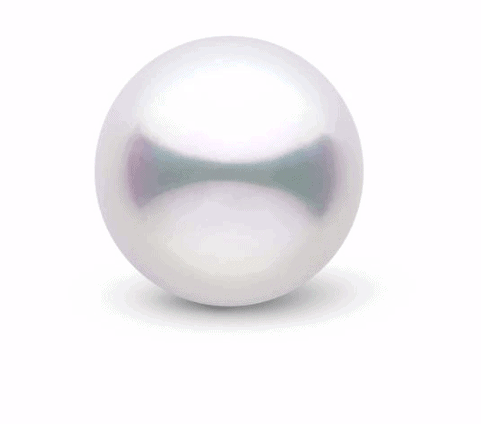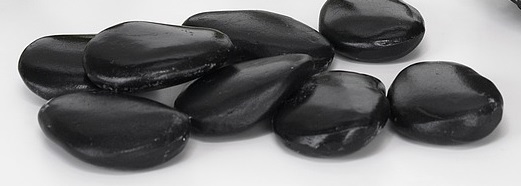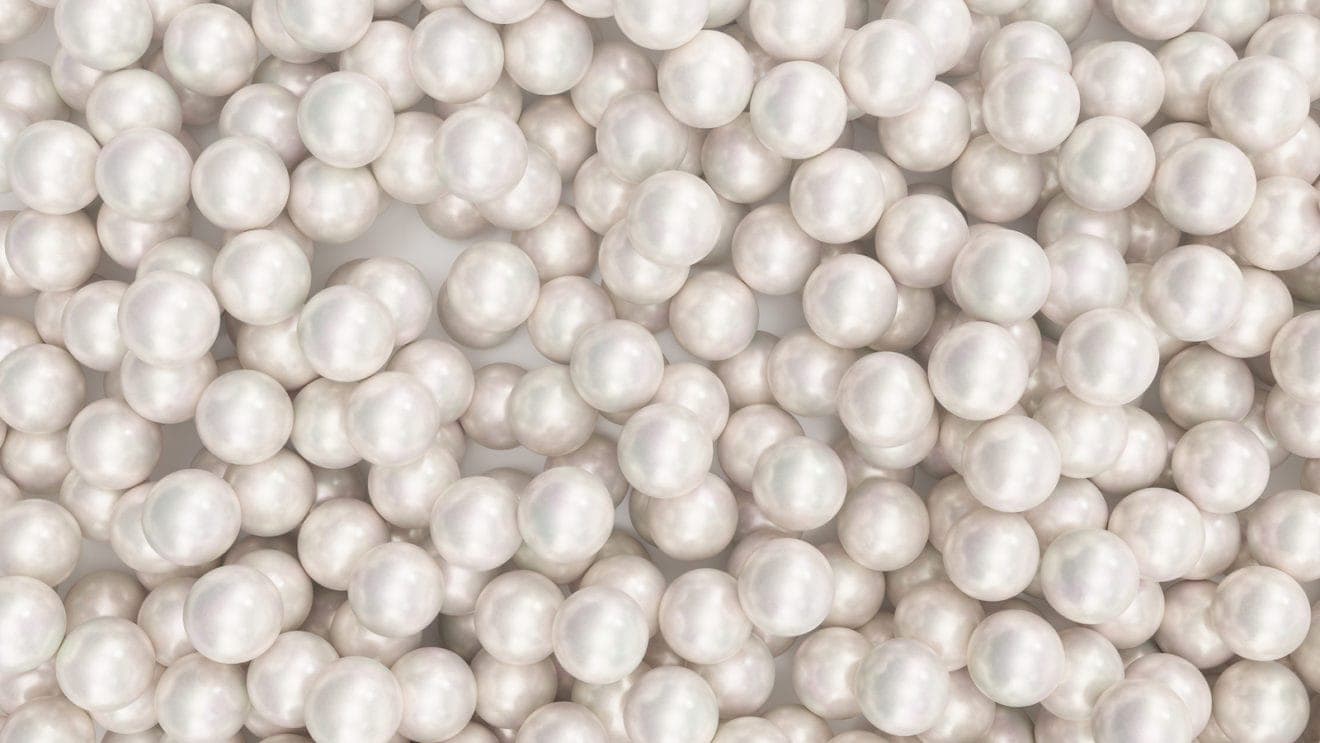Organic gemstones refer to a special group of materials that aren’t really ‘stones’ at all. While they sit side by side with minerals in the jewelry world, organic gemstones are unique in how they are formed.
Here’s a list of organic gemstones and how they differ from other types of stones.
What Are Inorganic Gemstones?
To understand what organic gemstones are, it’s a good idea to look at what constitutes inorganic gemstones.
Most gemstones are defined as minerals containing a crystalline structure. They are formed deep under the earth’s surface and once extracted, can be cut, shaped, polished and set in jewelry. Some famous minerals include diamonds, rubies, sapphires and emeralds.

Mineraloids – Opals don’t contain crystalline structures
Some gemstones are inorganic but lack a crystalline structure. These non-crystalline gemstones are called mineraloids and include opal, obsidian and moldavite. While they don’t have crystal structures, they have interesting internal compositions.
What Are Organic Gemstones?
Organic gemstones are formed in different ways, depending on the type. These gemstones can be renewed, sometimes farmed and come from living sources like plants and animals.
The similarity among organic gemstones is that they’re typically quite soft and not as durable as minerals. They’re among the oldest materials used in ornamentation.
There are five main organic materials used in the jewelry industry for centuries: pearl, coral, amber, jet and shell.
1- Pearls

Quick Summary:
- Most unique type of organic gemstone
- Grows in a living mollusk
- Only gemstone that can be farmed
- Unique luster
- Range of colors
- Very soft
- Exceptional beauty
- Highly valued throughout history
The most important and possibly most unique of all organic gemstone, pearls are among the oldest of all materials used in jewelry, with the oldest pearl dating back at least 7500 years. They’re the only gemstone that comes from a living creature, which often goes on living even after the pearl has been extracted.
Pearls are also the only gemstone that can be cultivated and harvested, with almost all pearls on the market being cultured. These are the same as wild or natural pearls, with the only difference being that the growth of the pearl was stimulated by artificial means and human interference. Pearls are made when the mollusk secretes nacre around an irritant, which over time forms a pearl.
While the majority of pearls come from oysters and mussels, other mollusks including the Queen Conch, abalone and clams can also create pearls. Freshwater pearls come from mussels in freshwater sources and are typically less valued than saltwater pearls which come from oysters.

Pearls are a timeless, classic gemstone and an excellent jewelry investment for most people. You can wear them for decades and even turn them into heirloom jewelry.
However, pearls are very soft, only ranking at 2 to 4.5 on the Mohs scale. They can easily damage and scratch and require proper maintenance and care to keep them lustrous for longer.
2- Shell

Quick Summary:
- Oldest material used in jewelry
- Workable materials
- Durable and tough
- Range of shell varieties
Shell is the oldest known material used by humans to adorn themselves, with some shell beads found in Israel dating back over 100,000 years ago! It has been used in a number of different ways, either as is or carved and cut into different shapes.
The most popular types of shell include mother of pearl which is popularly used even today in all types of jewelry. Some others include abalone shell (the most colorful variety), conch shell and ammonite.

In some cultures, shell is so highly valued that it has been used as currency. It’s commonly used today in boho and casual jewelry styles, but can also fit classy, elegant jewelry settings if designed well.
3- Coral

Quick Summary:
- Comes from the sea
- Is built up of the ‘homes’ of coral polyps
- Typically orange-red in color
- Has a Mohs hardness rating of 3-4
- Exhibits waxy, glossy luster
Another gift from the sea, coral comes from the ocean and is made of the skeletons of tiny marine creatures known as coral polyps.
The way it works is that coral polyps secrete calcium carbonate around themselves as a protective, durable structure. As the polyps age and die in these homes, the next generation of polyps builds their ‘homes’ above them. This leads to layer upon layer of coral growth, which we know as coral reefs.
These calcium carbonate structures can exhibit beautiful colors, shapes and textures. The variety used in jewelry are typically translucent or opaque and are known for their orange-red color. In fact, the word ‘coral’ is often used to describe a specific orangey shade.

Coral ranks at around 3-4 on the Mohs scale, meaning that they too, like other organic gemstones, are very soft. They need to be maintained with care to protect their color and beautiful waxy luster.
4- Amber

Quick Summary:
- Made of fossilized tree sap
- Millions of years old
- Can contain unique inclusions
- Typically pale yellow to dark brown
- Exudes a subtle pine scent
- Warm when touched
- Gives off electric charge when rubbed
- Has a Mohs hardness rating of 2 to 2.5
- Has a plastic-like, waxy texture
Unlike pearls, shell and coral, amber doesn’t come from animals. Instead, it’s the product of tree sap, fossilized over millions of years.
Amber is also one of the oldest materials used in jewelry, and is valued for its color, texture and interesting inclusions. Because amber forms from sticky tree sap (like pine resin), it tends to trap insects and plant matter within it, which makes for unique patterns.

Genuine amber often has a soft, pine-like scent, is warm to the touch. It’s very soft, ranking only at 2 to 2.5 on the Mohs scale, much like pearl. Even so, it remains one of the most popular jewelry materials for all its unique qualities.
5- Jet

Quick Summary:
- Made of fossilized tree sap
- Millions of years old
- Can contain unique inclusions
- Typically pale yellow to dark brown
- Exudes a subtle pine scent
- Warm when touched
- Gives off an electric charge if rubbed
- Has a Mohs hardness rating of 2 to 2.5
- Has a plastic-like, waxy texture
Jet is a type of bituminous coal which itself comes from fossilized wood. The use of jet dates back to over 12,000 years, and while it isn’t a mainstream gemstone anymore, during the Victorian era it was highly popular and sought after.
Unpolished jet can look like a lump of coal, but once polished and shaped, it has a beautiful glossy texture and luster. Jet is typically cut into beads, cabochons or figurines and is sometimes faceted. While it’s commonly known for its black color, it also occurs in dark brown.
Jet also is very soft, with a ranking of 2.5 to 4 on the Mohs scale. Like amber, it can feel warm when touched and can give off an electric charge if you rub it. If heated up, jet will give off a smell like coal.
Today jet is more of a collector’s item and isn’t much used in jewelry.
Wrapping Up….
Organic gemstones are among the oldest materials used in jewelry and have become embedded in our history and lore. While some are no longer as popular as they used to be, organic gemstones continue to be a very special little group of ‘stones’ that are unlike any other type of material used in jewelry.


